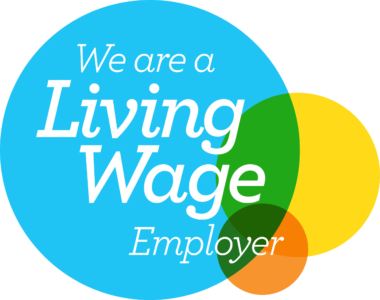Statement from Shaun Savory, Human Resources Director
Along with all other employers with 250 or more employees, Birketts LLP is required to analyse and report on our gender pay gap on an annual basis. The gender pay gap measures the difference between average earnings for men and women but it is important to note that it is not a comparison of pay rates for men and women who carry out the same role.
It was pleasing to see to see a significant reduction in the mean pay gap this year, indicating progress towards our aspiration to close this gap by 2030. The gender pay gap provides valuable insights into the distribution of earnings between men and women, but it doesn’t capture the full picture of gender equality. For instance, we know that our gender pay gap is skewed considerably by the composition of our colleague base.
As per the above, we view the data cautiously. 75% of our employees were female at the time of the data snapshot and, like many firms, we have a large secretarial and administrative cohort. This community accounts for over 18% of our colleague base and the roles are held predominantly by women (94%).
We are proud to offer a staff profit share scheme to all employees with the relevant length of service, allowing our employees to be rewarded for the firm’s overall success. The bonus is paid as a percentage of basic salary which impacts our bonus gap, as does the fact that 95% of our part time workers are female, so their bonus has been pro-rated.
Notwithstanding the above, we have significant reasons to be proud of our progress around gender diversity and efforts are continuing at considerable pace.
Our People and Culture Committee serves as a driving force in Birketts’ commitment to promote and advance equity, diversity and inclusion within the firm and our ESG committee holds us accountable to ensure that we can measure and review our impact and ensure we are driving positive change.
An example of such recent positive change has been the introduction of further enhanced family friendly initiatives, including IVF leave and enhancing fully paid paternity leave to six weeks. Maternity coaching is available to assist parents in managing the transition back to work and we offer and support a range of different flexible working options.
We continue to benefit from these measures, and we are proud of the significant strides we have made – particularly in respect of our Partnership population, which is now made up of 43% women. In 2024, 70% of individuals that were promoted to the partnership were female. Five years prior to this, the figure was only 38%. We consider this to be a key indicator of our success with regards to gender diversity, but it is the case that once women are promoted to the Partnership, they no longer are included in the Gender Pay Gap figures which will likely have an impact.
In conclusion, while we acknowledge the challenges highlighted by our current gender pay gap figures, we remain committed to fostering an inclusive and equitable workplace. We are proud of the progress we have made and the initiatives we have implemented, and we are optimistic about the future. We look forward to building on our successes and making even greater strides in the years to come.
April 2025







